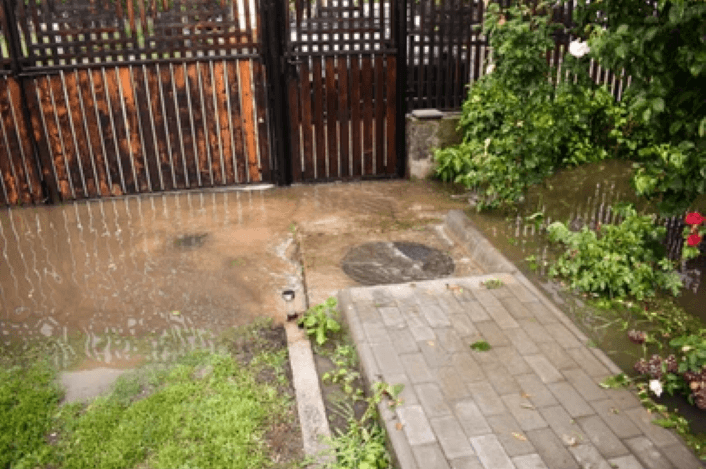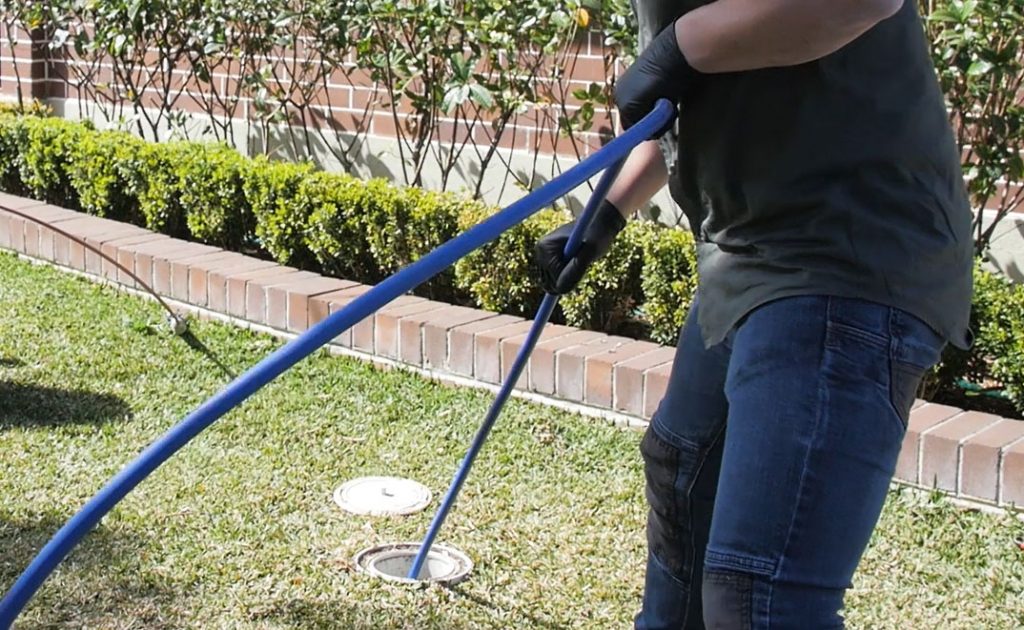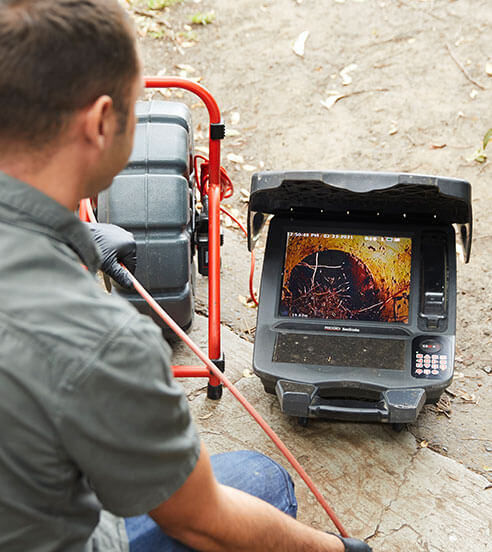Flooding is an unfortunate reality of Australian life, with wild weather and extreme conditions threatening homeowners in most parts of the country. Flash flooding can occur at any time of the year, especially if you live in Sydney, it’s important to prepare for flooding ahead of time. One of the ways you can achieve this is by ensuring the health and function of your sewer pipes.
Pipe relining can prevent your pipes from breaking or leaking during a storm, therefore preventing costly water damage. Read on to discover how pipe relining can help to protect your property during storm season.
How your pipes are impacted during a storm…

The threats to your sewer pipes may not be obvious, but that doesn’t mean they don’t exist. Storm season can be detrimental to the health and function of household plumbing for a few select reasons, including:
Debris intrusion
Australian weather is notorious for being sunny one day and storming the next. If the weather has been particularly hot and it suddenly starts storming, your pipes and drains may not be prepared to handle the deluge. The extra pressure from flooding or heavy rainfall may place extra pressure on the pipes, resulting in cracks and damage. During heavy rain, there is a chance that tree roots and soil can become softened or loose and find their way into your pipes, causing huge potential problems.
Increased pressure
The increased weight and pressure from heavy rainfall can put pressure on your underground sewage pipes, leading to ruptures, cracks, or leaks. While piping is built to be strong under pressure, if your pipes are old or poorly maintained, they can be compromised. A good rule of thumb is to check the ground around your piping following a storm to ensure the earth hasn’t shifted or begun to sink. Shifting ground can pose a subtle threat to pipes, and sinkholes are a tell-tale sign that your pipes are bursting.
Exasperating hidden leaks
Your plumbing works extra hard during a storm, with the increased water pressure pushing from all angles. During flooding or heavy rainfall, you may notice your toilet gurgling or backing up from the pressure. The extra loads of water running both above and below the ground can be the final straw, causing leaks to grow and pipes to burst. If your pipes are already in a state of disrepair, heavy rainfall may be the final blow they need to crack, causing your home to be flooded with sewer water.
How pipe relining can help prevent floods during a storm…

Pipe relining is a non-intrusive way to repair your pipes from the inside out, making them stronger than ever. Trenchless pipe relining refers to the process of repairing cracked or broken pipes without digging. This can promote a better flow plus prevent and repair cracks in your sewer pipes, safeguarding your home and the health of your family.
The relined section of your pipe will seal tightly against the circumference of the pipe, stopping leaks in their tracks. Due to the ability to repair your pipes without digging up your lawn, pipe relining is the best, non-intrusive way to give your hardworking pipes the treatment they deserve before or after a storm.
Prior to your pipe relining, we use CCTV technology to examine every bend, junction, and section of concern within your underground pipes. This allows us to see if the extra load of water through your pipes has loosened any stagnant debris or if there are already tree roots waiting to cause havoc.
If your pipes are about to crack under pressure, this process can be incredibly valuable as you can act before disaster strikes. Your custom liner, perfectly sized to your pipe, will safeguard your sewer pipe to handle all the extra pressure and high water flow during a storm or flash flooding.
Is your sewer pipe in danger?

Prevention is key, and by knowing the common signs and symptoms of a sewer pipe in danger, you could be saving yourself money, time, and heartache during the next storm season.
The 4 main signs that your sewer pipe is in danger include:
- A rotten egg odour
If you know pipes, this scent is enough to make your stomach drop (and not just because it smells terrible). A rotten egg, skunk-like, or burning sulphur-type odour coming through your drains will likely mean that sewer gases are backing up in your drains and making their way into the home. This can be toxic and must be addressed at soon as possible.
- Slow drainage
It is rare for a sewer drain to become clogged in one quick instance. What is more likely is sewer or debris forming blockages in your pipe over time, making your drainage slower before eventually stopping it altogether. In extreme cases, the blockage may make the sewer backup into your home.
- A gurgling toilet
The toilet is often the first place to show symptoms of issues in the sewer lines. If you notice bubbles after you flush or a smell of raw sewage, you may have a clog in your drain or the main sewer line.
- A lush patch of lawn
You may chalk this up to the recent deluge of rain, but if there is a patch of grass that is soft and soggy while looking bright and green, chances are it is sitting over a broken sewer line. The natural fertiliser of the sewage will be leaking out into your soil through your cracked pipe and making your lawn look great, but don’t be fooled – this is a sign of a much greater problem below the surface.
These signs can often be missed if you’re not looking out for them or if you don’t know what to look for. As subtle as a sewer pipe crack or blockage may be, if you’re not prepared and informed prior to your next big storm, the implications could be disastrous.
Ensure the health, function, and strength of your pipes, without causing harm to your landscaping, with trenchless pipe relining. Book your free pipe relining consultation with our team to achieve peace of mind today.
Back to Top